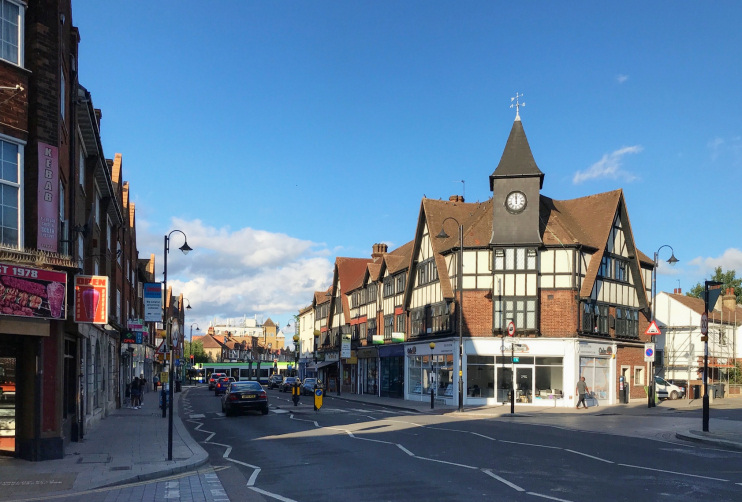Addiscombe
Addiscombe, Croydon
A Victorian and interwar extension of Croydon, which lies to its west

Although there is no record of Addiscombe’s existence before the 13th century, it may take its name from the same landowner who earlier gave his name to Addington.
Addiscombe Place was a grand mansion built in 1703 by William Draper, son-in-law of the diarist John Evelyn. It later became home to Lord Hawkesbury, whose gardener James McPhail shaped the destiny of British sandwiches and salads with his Treatise on the Culture of the Cucumber, describing an “advantageous method of cultivating that plant.”
Lord Liverpool lived at Addiscombe Place for many years before he became prime minister and often entertained George III there.
In 1809 the East India Company established its military seminary at Addiscombe Place. Among the college’s distinguished staff was the chemist Edward Frankland, ‘the father of valency’.
The college closed in 1861 and the training of Indian Army officers transferred to Sandhurst. Within a few years, six new roads lined with villas had replaced Addiscombe Place and most of its outbuildings. Ashleigh and India, a pair of houses built in 1848 as homes for professors, remain today on Addiscombe Road. The parts of Addiscombe that had not been built up with Victorian terraced houses were filled by detached and semi-detached houses during the 1930s.
Addiscombe tramstop stands on the site of the former Bingham Road station, while the old Addiscombe station has been demolished and replaced by housing. Croydon council has created a four-acre linear park between Morland Road and Dalmally Road on the site of the former railway line. New trees and shrubs have been planted and the park has a footway and cycle track along its length.
DH Lawrence lodged at 12 Colworth Road from 1908 to 1912, while teaching at Davidson Road school (which no longer exists). In his spare time he worked on drafts of his first novel, The White Peacock.
